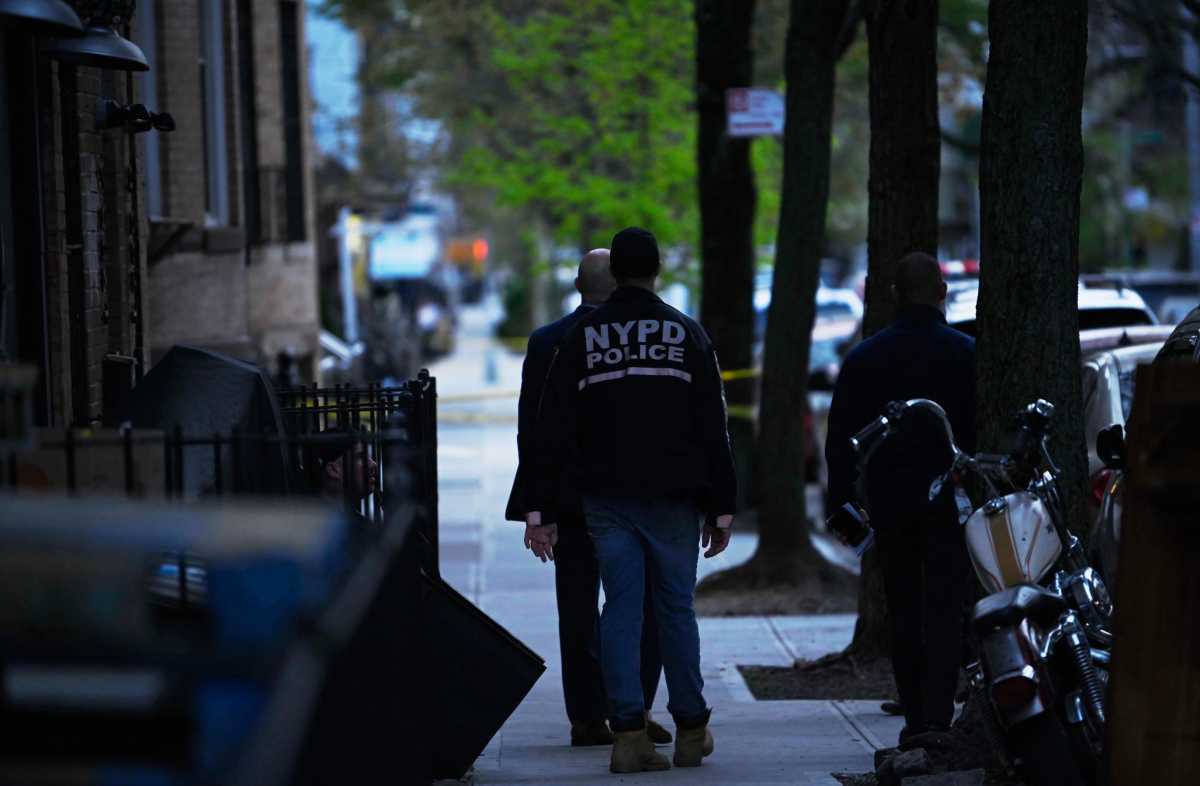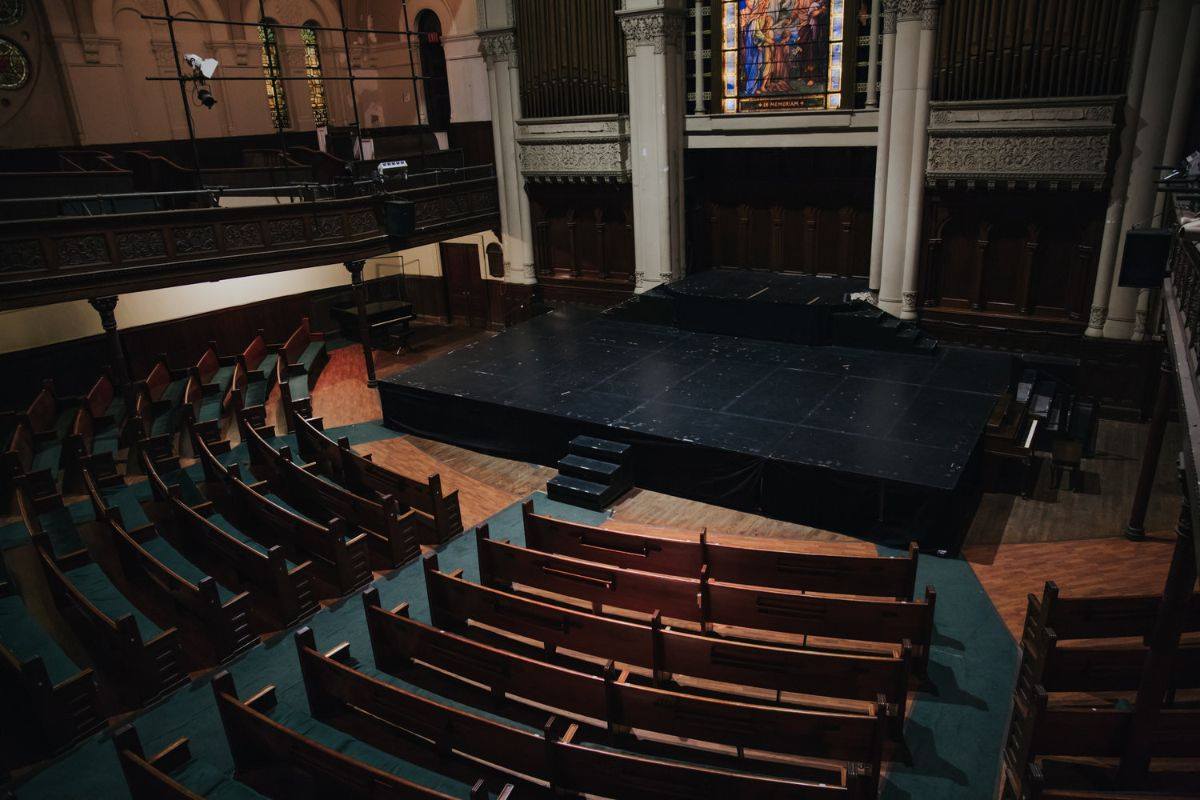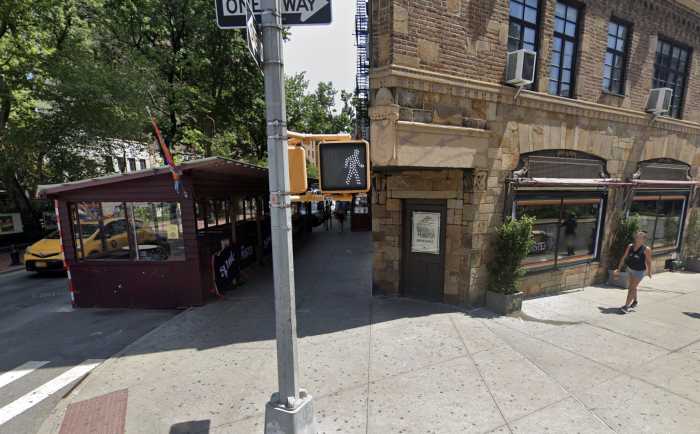After 43 years living in her Bed-Stuy apartment, Berneda Jackson said she never expected one of the electric sockets in her bedroom to burst into flames one evening earlier this year.
“I hope and I pray that I don’t have another fire when I’m not home,” Jackson, 60, said. Her room doesn’t have a smoke detector, though her living room does. “Thank God for small favors.”
RELATED:NYC tenants pressure Buildings Dept. to protect them from landlord harassment
Jackson, along with her granddaughter, lives in one of eight apartment units in a building at the corner of Sumpter Street and Saratoga Avenue.
Many of them expressed their frustration with their landlord of almost 10 years, who they say has done little to keep their homes livable, between faulty wiring, inconsistent heat and flooding basements.
New York City recently ramped up its efforts to help tenants deal with negligent and possibly harassing landlords, with the de Blasio administration committing $12.3 million on efforts to provide free legal services for tenants fighting eviction and the City Council passing a series of laws protecting residents from aggressive buyouts.
Violations of those new laws, designed to keep tenants in their homes and from being displaced, carry a fines between $1,000 to $10,000 for a first offense, to $2,000 to $10,000 for any subsequent offenses.
RELATED:Tenants ask city to intervene on predatory landlords
However, building manager Mark Katz told Metro New York the situation isn’t as bleak as some of his tenants said it is.
“There were about 140 to 150 violations on the building over the years,” Katz said. “We cut it down to 60 about four months ago, and 40 two months ago.”
Public records show violations since 2014 have indeed dropped by at least 36, and the city’s Housing Preservation and Development Department website indicates the building now has 26 open violations.
Among those remaining violations are “unsafe electric wiring condition consisting of [an] defective electric outlet,” as well as presumed lead paint peeling in one unit.
RELATED:De Blasio commits $12m to fight evictions, tenant harassment in NYC
No one in Jackson’s building said they felt like they were being intentionally pushed out, but rather ignored. Still, many noted the handful of repairs and renovations made starting in August that they described as superficial.
“I’ve seen a lot of cosmetic movements,” said tenant Andrew Garfinkel who recently moved into the only fully renovated apartment in the building. He said the landlord is at the property at least three times a month.
“He was here yesterday,” Garfinkel said. “He was making sure everything was ready for [today].”
Public records identify Sam Gross as the owner through Saru Realty LLC, which hired AM Katz Real Estate to manage the building less than six months ago.
RELATED:Housing advocates cheer, landlord group jeers at new task force targeting tenant harassment
Katz said the residents are upset about a handful of possible evictions for overdue rent and hazardous living habits by some tenants. The Buildings Department cited one tenant in 2012 for housing 15 people in a two-bedroom apartment.
“Idon’t have a problem doing repairs,” Katz added. “I’m already dealing with everything and making sure it is a better building than it already is.”
Attorneys said there was a pending case between the city’s HPD agency and the landlord, and that the tenants’ complaints were demonstrative of the need for stricter enforcement of residents’ rights.
“The court cases involving this building,” said Philippe Knab, an attorney with the Legal Aid, “is part of this administration fight to combat this type of negligent building ownership.”
Jackson said she’s gotten used to living in the dark.
“I never know when the lights will go out, especially at night,” she said said. “I go through two lightbulbs a week in the living room, and the light in my bathroom sizzles.”
She said her landlord eventually sent someone to look at the socket where the fire started two months after the fact, although she still refuses to use it whenever possible. But she’s not moving.
“I’m not going nowhere,” she said.
























